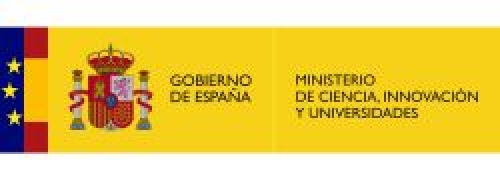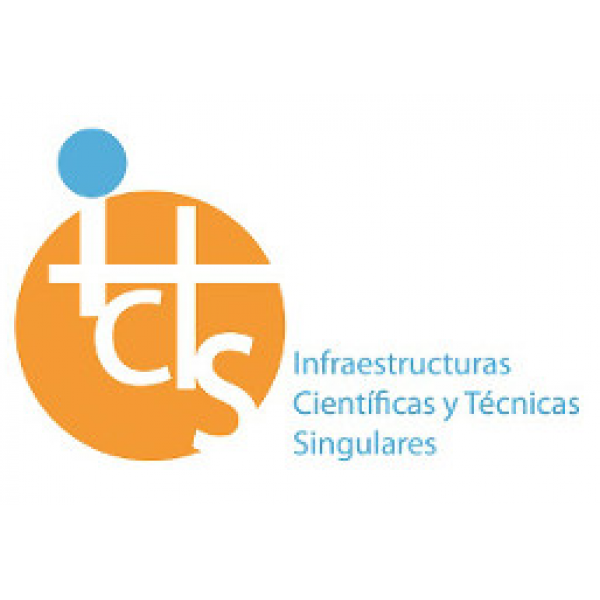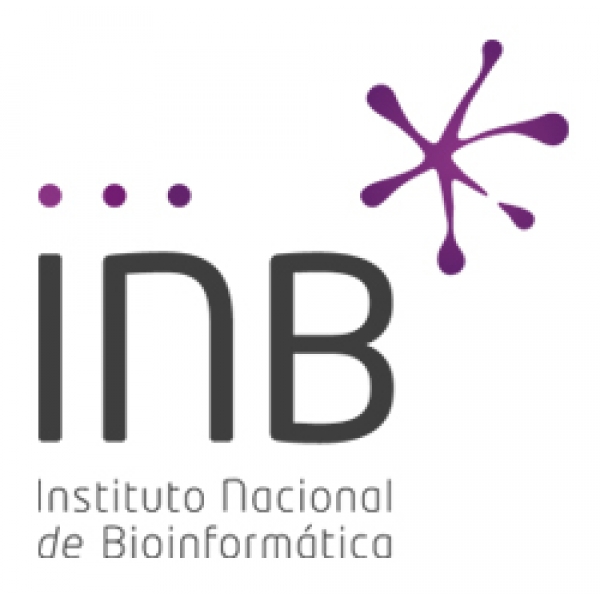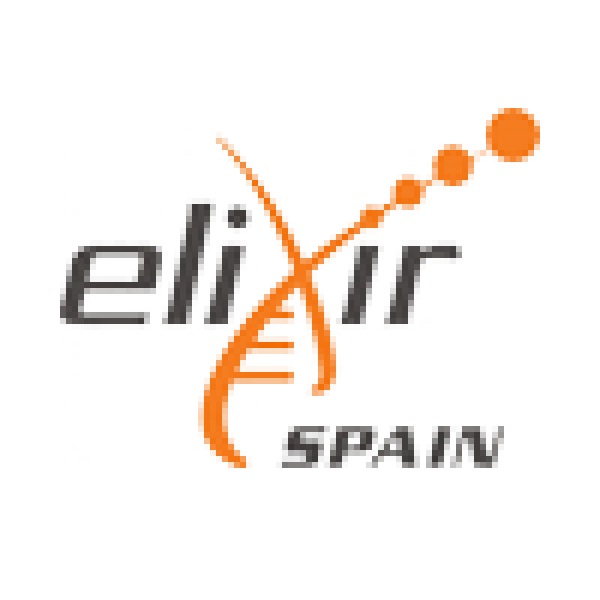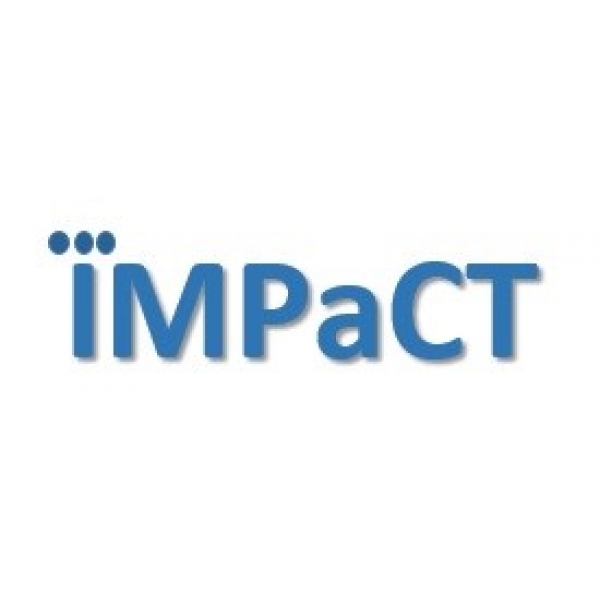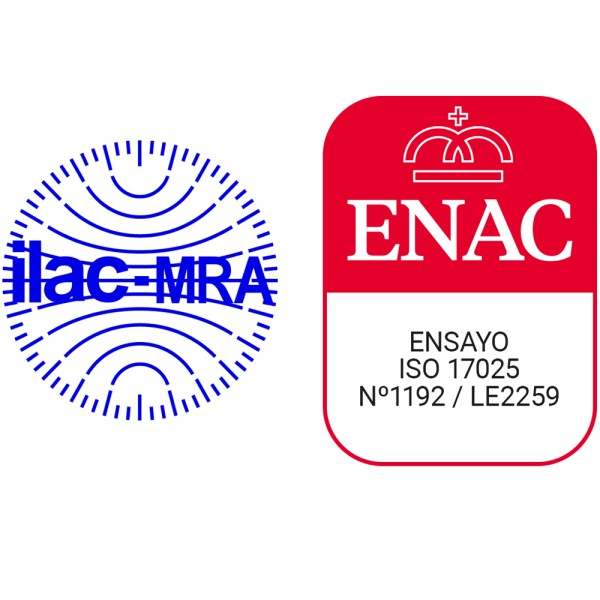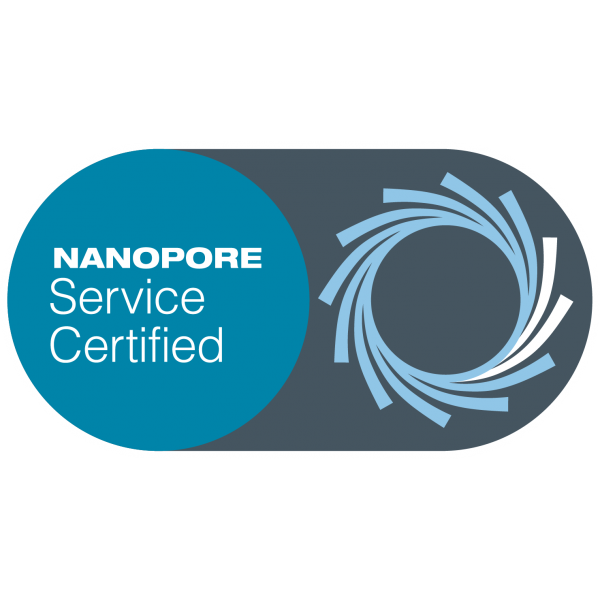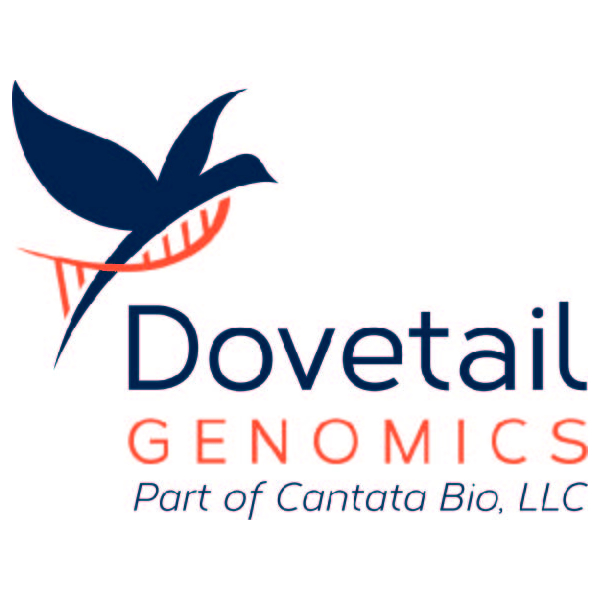The CNAG will participate in a multi-million Euro initiative that is bringing together researchers from across the world to develop new diagnostic tools and new treatments for people with rare diseases and to connect research data in this area on a global scale. Rare diseases – while individually...
On Thursday January 24th international experts will explain the latest cutting-edge approaches in the rare disease field at a press conference to celebrate the launch of 38 million EUR of funding.
This is an opportunity to meet the scientists, clinicians, patient representatives and...
As a result of its successful contribution to the ICGC-CLL project, the CNAG has been invited to participate in two new projects which have recently joined the ICGC. Both are French initiatives, one focused on prostate cancer and led by Olivier...
The CNAG and the Barcelona Science Park (PCB) have joined the campaign to collaborate with the Fundació Banc dels Aliments de Barcleona. The goal of this campaign is to collect the maximum quantity of food to deliver to the Banc dels Aliments who will distribute it to more than 200,000 people in...
The goal for all participants of the open days at the PCB is to do a sort of "express doctorate" in a couple of hours, reconstructing in this way, the steps that a scientist has to carry out to do his or her project.
Researchers at the CNAG explained what we do at the centre to...
What is Xplore Health?
Xplore Health is a European educational portal on cutting-edge health research that offers innovative multimedia and hands-on experiences to young people through the internet, schools and science centres and museums.
Xplore Health aims:
- To bridge the gap between research...







